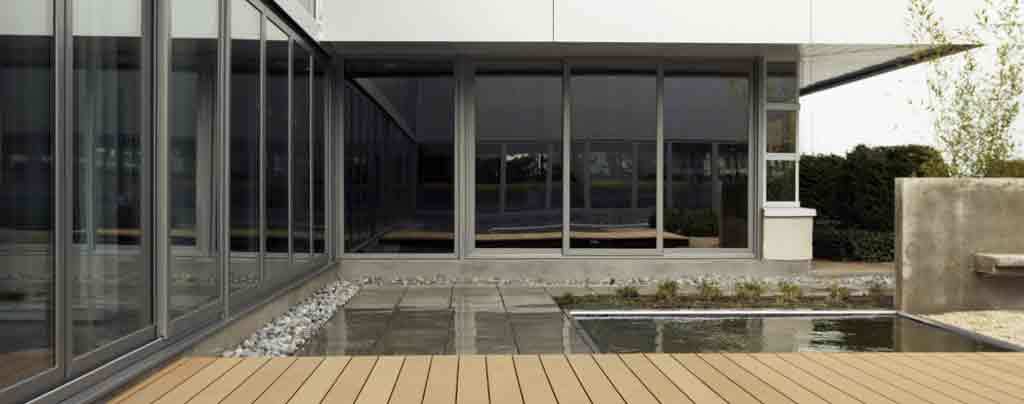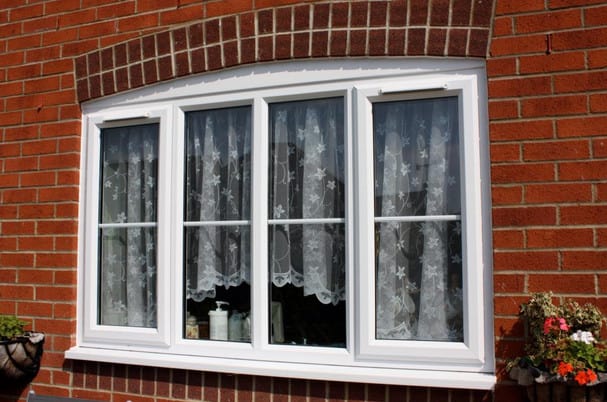All Categories
Featured
Table of Contents
Brisbane's Best Double Glazed Windows in Kelmscott Western Australia
Glazing just means the windows in your home, including both openable and set windows, along with doors with glass and skylights. Glazing actually just indicates the glass part, but it is typically used to describe all elements of an assembly consisting of glass, films, frames and furnishings. Paying attention to all of these elements will assist you to attain efficient passive design.

Energy-efficient glazing makes your house more comfortable and dramatically decreases your energy costs. Nevertheless, inappropriate or inadequately designed glazing can be a major source of undesirable heat gain in summer season and significant heat loss and condensation in winter. Up to 87% of a home's heating energy can be gotten and up to 40% lost through windows.
What Are Double Glazed Windows? - Build in Boya Perth
Glazing is a significant investment in the quality of your house. The cost of glazing and the expense of heating and cooling your house are carefully associated. An initial financial investment in energy-efficient windows, skylights and doors can greatly minimize your yearly cooling and heating costs. Energy-efficient glazing likewise lowers the peak heating and cooling load, which can decrease the needed size of an air-conditioning system by 30%, leading to more expense savings.

This tool compares window selections to a base level aluminium window with 3mm clear glass. Comprehending some of the crucial homes of glass will assist you to select the very best glazing for your house. Secret residential or commercial properties of glass Source: Adapted from the Australian Window Association The quantity of light that goes through the glazing is understood as noticeable light transmittance (VLT) or noticeable transmittance (VT).
Double Glazed Windows: A Complete Guide in North Beach Western Australia
The U value for windows (expressed as Uw), describes the conduction of the whole window (glass and frame together). The lower the U value, the greater a window's resistance to heat flow and the much better its insulating value.
If your home has 70m2 of glazing with aluminium frames and clear glass with a U worth of 6. 2W/m2 C, on a winter's night when it is 15C chillier outside compared with indoors, the heat loss through the windows would be: 6. 2 15 70 = 6510W That is equivalent to the total heat output of a large room gas heating unit or a 6.
Double Glazed Windows Melbourne in Willetton Western Australia

If you choose a window with half the U worth (3. 1W/m2 C) (for example, double glazing with an argon-filled gap and less-conductive frames), you can cut in half the heat loss: 3. 1 15 70 = 3255W The solar heat gain coefficient (SHGC) for windows (revealed as SHGCw) measures how readily heat from direct sunlight flows through a whole window (glass and frame together).
The lower a window's SHGC, the less solar heat it sends to your home interior. Glazing manufacturers state an SHGC for each window type and style. Nevertheless, the actual SHGC for windows is affected by the angle that solar radiation strikes the glass. This is understood as the angle of occurrence.
Double Glazing Perth in Mosman Park Perth
When the sun is perpendicular (at 90) to the glass, it has an angle of incidence of 0 and the window will experience the optimum possible solar heat gain. The SHGC declared by glazing makers is always calculated as having a 0 angle of incidence. As the angle increases, more solar radiation is reflected, and less is sent.
Table of Contents
Latest Posts
Double Glazing Vs. Triple Glazing: Which Is Worth It? in Koondoola WA
Fitting A Cabin In Your Garden? Get Double Glazing Fitted Too in Churchlands Western Australia
Why Should You Have Double-glazed Windows This Summer? in Stirling Perth
More
Latest Posts
Double Glazing Vs. Triple Glazing: Which Is Worth It? in Koondoola WA
Fitting A Cabin In Your Garden? Get Double Glazing Fitted Too in Churchlands Western Australia
Why Should You Have Double-glazed Windows This Summer? in Stirling Perth